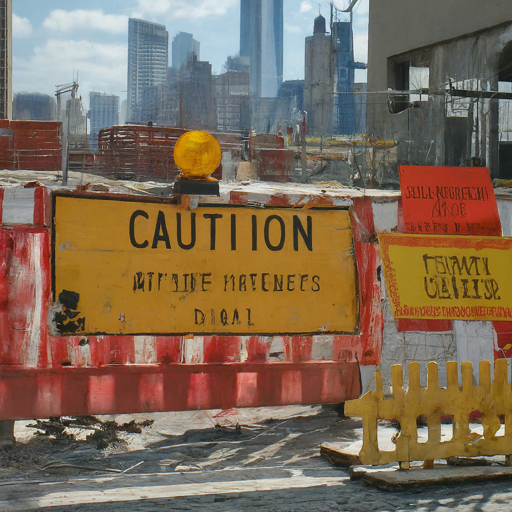A lot of people are afraid of changes, and that’s why they usually reject any new changes. Even though most of the times, or maybe a lot of times, new changes are needed for the better quality of life in many aspects. And that holds true for the construction business as well, which by the way you can access at CSOC Course – Construction Safety Orientation
In terms of construction practices, resistance to change can impact negatively to the safety of the work being processed. At least in several areas:
- Traditional Practices
Traditional way of constructing a building or home, etc, may often rely on pass down knowledge and establish methods from the previous generations. While this can be tested and true, however, using traditional practices may make the construction process like documentation procedures and formal risk assessments
Some stuffs, like Manuel handling of heavy materials, and how we work at height without proper protection is where the safety will be impacted by this resistance to change — see WSQ Perform Work At Height
- Safety Regulations
Safety regulation is another point where the traditional method will. have its negative impact. While traditional method may prove to be safe for decades, usually newer method will be even safer. Latest modern safety regulations can protect workers from hazard and ensure a safe working environment. That’s why in a lot of countries safety regulations are mandatory.
- Resistance to Change
This mentality of resistance to change usually can come from the experienced workers who have been working for 10s of years. They may have a distrust to new safety practices, or also. have some inconvenience in using the new way of doing things. However, we have to highlight. the important point here, which is this mentality can hinder safety improvements.
- Cost Implications
One of the by using new methods to improve safety, is the cost implication. This is, of course, will make the company think twice. Why is that? Because implementing new safety measures will involve upfront cost for equipments, trainings and also procedures updates. However, we also need to take a look that if we want to save by using old methods, it can Back choirs in the future by introducing more accidents, which can lead to significant long term costs.
- Generation Gap
Those with 10s of years of experience will usually more reluctant to change compared to younger workers who are often more receptive to new safety practices they learn from somewhere. However, this is not something that is unsolvable. The key in here is communication between the old and young generations, Bainstorming and heart-to-hart talk to achieve better safety for everyone.
- New Technologies
A lot of new safety devices are invented in the last several decades. The new devices like exoskeletons, drones and Virtual related training often. offer new and innovative solutions to improve the safety of workers. We should really embrace this new advancements to reduce reliance to risky traditional methods.
- Balancing Act
However, we don’t really need new approach and new method for every solution. If the old method are having 100 percent or really, really high percentage of effectiveness and safety, we don’t really need to change that.
The main thing to remember in here is the balancing act. Try to balance between preserving high quality traditional method and knowledge, Compared to the new safety measures and methods. This cannot be done from one side only. It needs to be collaborated by workers management and safety professionals.
Do we also need to educate the workers on the logic, on the reasoning, Of why new methods and devices are needed. This will overcome resistance. And also, we need to add some new training programs to ensure our workers are stay updated on the best practices and on how to use new technologies.
- Long Term Benefit and The Future
In the end, prioritizing safety is a must At least to a healthier workforce, reduce accidents and improve the productivity in the long term. A safe culture in the company also will increase the reputation and attracts more skilled workers.
The whole industry is moving towards a proactive approach to safer. and less accident construction and architecture projects. Don’t be left behind. by having your mentality blocked by past stories.


